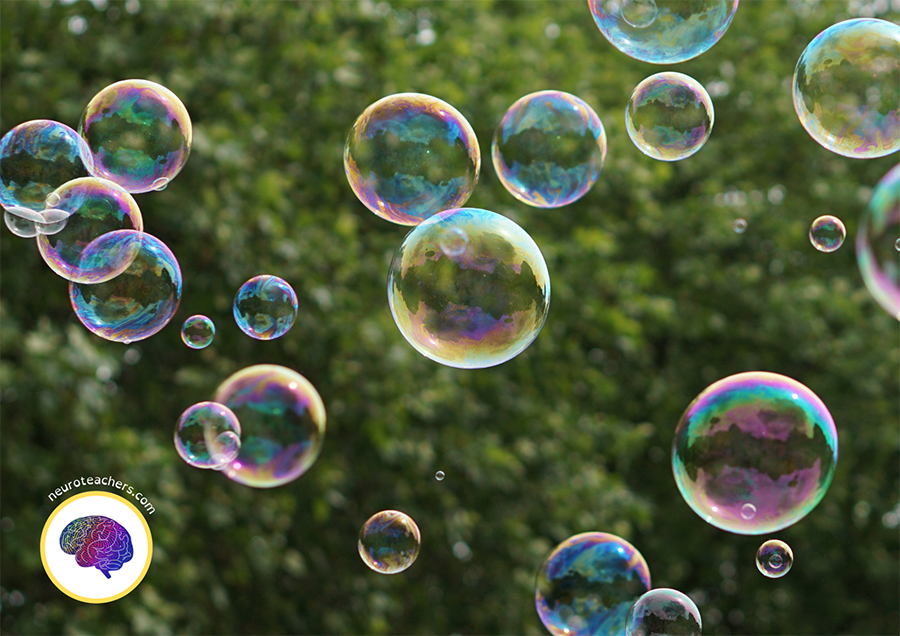Autism and Sensory Processing
This is the story of Nico, a non speaking autistic boy who had just started at primary school. Nico was enjoyed sensory play. His particular favourite game was blowing bubbles to help with his autism and sensory processing. When he had them a sort of steadiness came over him, which I now know as signs of his calm/ alertness. If ever he became dysregulated, allowing him 5 minutes to play with the bubbles would help him back into his window of tolerance. On the diagram below, this the green zone. This is where your learner is ready to engage.

Most of us will oscillate up and down within the green zone of our ‘window of tolerance’ for most of the day. For neurotypical adults, it is usually easy to tell when they feel calm and alert as they will appear contented and able to go about their business. This is not so easy for ND children however because;
‘appearing calm’ and being calm are not the same thing. Every ND child will have a different base line.
Physiological signs may vary. Some children are loud and boisterous when they are calm, whilst others are quite reserved. Some may smile when they are happy, whilst other use the smile as a mask.
The only way to tell if they are truly calm is through lengthy observation and really getting to know the child. In Nico’s case we spent a long time getting to know him over a couple of weeks of ‘getting to know you’ and ‘settling in’ sessions. From this we were able to see which activities were up regulating, and which were down regulating.
We noticed that Nico could oscillate between hyper stimulation, where he was at the top of his window of tolerance and excitable or frustrated and hypo stimulation where he was the bottom of his window of tolerance and lethargic or distant. Maintaining a balance of calm/alertness is key to making sure that your child in mind stays regulated and therefore avoiding any behaviours of concern.
We discussed ways we could use play to help calm him when he was hyper aroused or alert him when he was hypo aroused. The simplest way to engage Nico in this was to use his special interest; bubbles.

Sensory Processing Games
To help support Nico’s autism and sensory processing we taught him two sensory games; the first was to down regulate him. The TA would blow the bubbles slowly using a single bubble wand. He would then catch the bubble gently in his hand and look at the colours reflected in it saying ‘ Pretty colours; pink… yellow… green… blue.” Quietly to Nico encouraging him to look. Next the TA would blow a bubble for Nico and encourage him to catch it in his hand and look at the colours.
The second game was for up regulation; The TA would use a bubble wand that created multiple bubbles and then rushed around trying to pop as many as possible with his finger tips saying ‘Pop! Pop! Pop!’ as he did so. He would then encourage Nico to do the same.
We noticed that this was a really effective way to start teaching co regulation. The most amazing thing was that after a couple of month Nico would lead his TA to the bubbles when he felt dysregulated. This was a huge step forward.
For hint and tips about how to use sensory play as a way for you ND child in mind to regulate, check out these resource links
